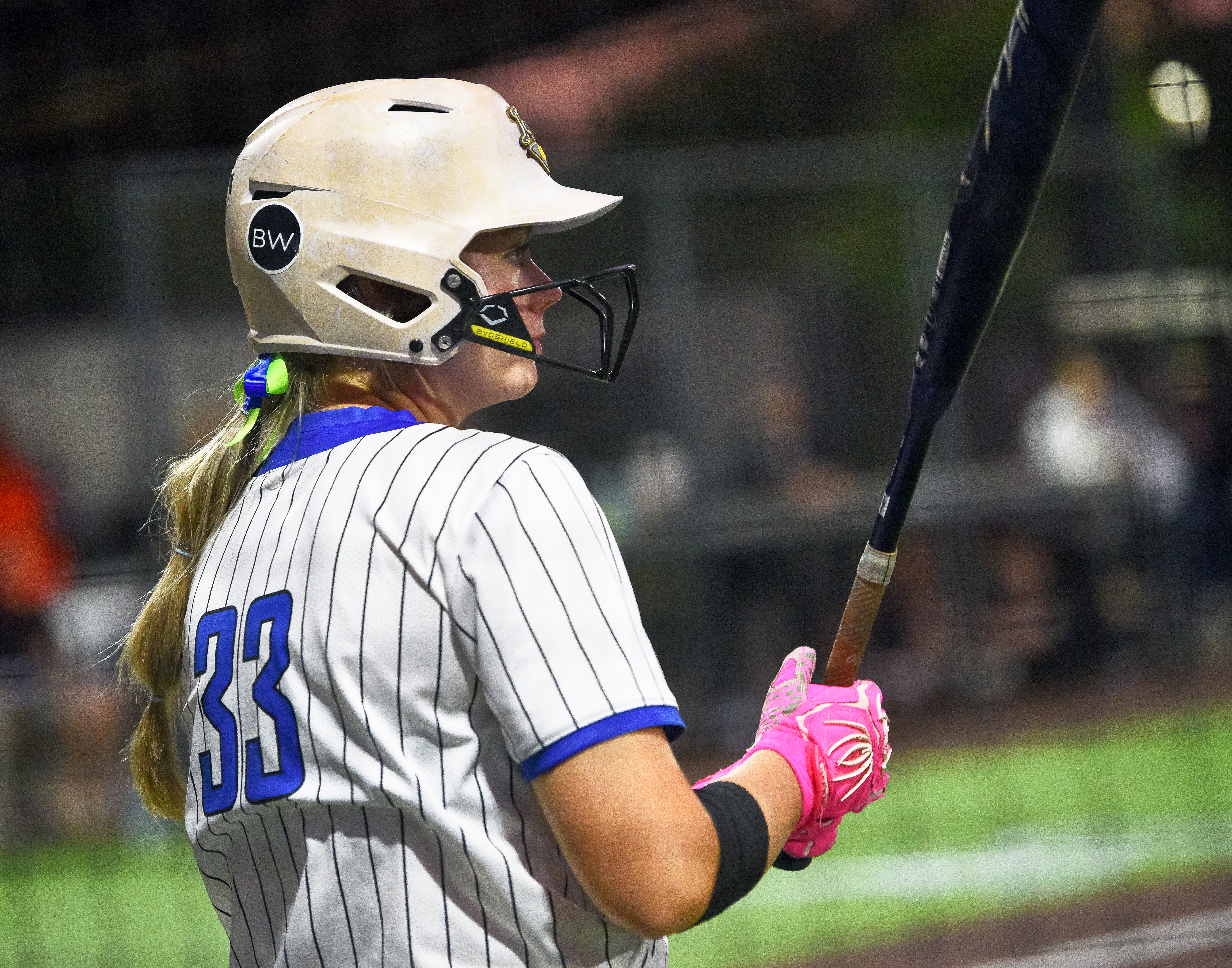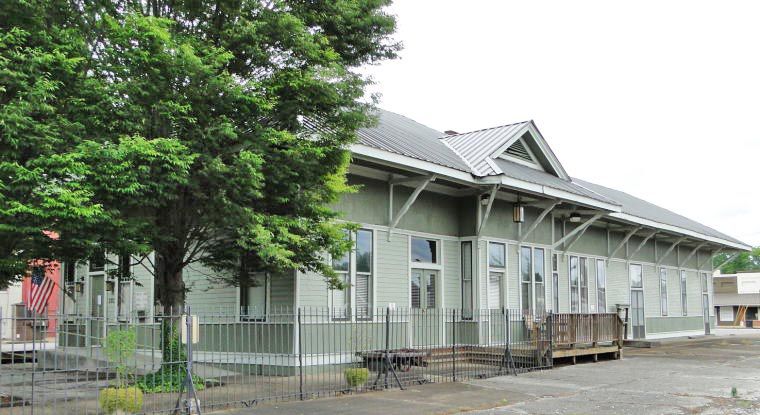ONE GARDENER TO ANOTHER: Strawberry fields forever
Published 7:00 am Monday, August 23, 2021
As a foodie, when I think of delicious strawberries, I think of summer. As a gardener, on the other hand, I think fall. Strawberries established in the fall will have a much higher yield the following season. I use strawberries often in summer dishes, so a high yield is definitely what I’m looking for.
There are a few different types of strawberry plants – spring-bearing, June-bearing and everbearing. In Alabama, the June-bearing plants thrive best. Planted from September through October, June-bearing plants produce the stems and flowers during the cool weather of late fall throughout the winter.
June-bearers, as their name suggests, bear fruit in June. They produce one large crop of fruit, over a period of two to three weeks, each growing season. Ideally, for this reason, gardeners plant at least one early-season, one midseason and one late-season cultivar to spread out the harvest season.
The recommended varieties and their bloom times for Alabama are: Douglas (very early season), Cardinal (early season), Chandler (early season), Earliglow (early season), Sunrise (early season), Earlibelle (early midseason), Allstar (midseason), Albritton (late to midseason) and Delite (very late season).
Like other fruit-producing plants, strawberries should receive at least six hours of sun per day. They can be grown in partial shade, but the fruit yield and quality will suffer. In hotter climates, during the heat of summer when temperatures rise above 85 degrees, strawberries benefit from the use of a 30–60% shade cloth.
The percentage of shade cloth refers to the percentage of sun and UV rays blocked; for example, 40% shade cloth blocks 40% of the sunlight. It filters light to reduce plant stress and prevent the leaves from burning and the soil from drying out quickly.
Strawberries need a soil pH of approximately 6.2 for optimum growth. A soil test should be performed so that adjustments can be made before planting to reduce injury to the plant. Apply the recommended potassium and phosphorus before planting, and till into the soil. At planting, use 3 pounds (6 cups) of ammonium nitrate — which is a high-nitrogen fertilizer — per 100 square feet (10 feet by 10 feet) and again in July and September.
Following the establishment year, make the first nitrogen application when new growth appears in spring. Make a second application as soon as production has stopped, while pruning out older plants — a practice called renovation — and the last application in September. Use 3 pounds of 10-10-10 fertilizer for each application.
Plant June-bearers in raised rows that are 24 inches wide and spaced 18 inches apart within the rows. This allows for proper irrigation and gives a place for “daughters,” commonly called “runners,” to develop.
Plant so the crown of the plant is slightly above the soil line. The crown is where the stem meets the roots. At initial planting, water daily for seven to 10 days, until roots become established. After that, plants should receive 1 to 2 inches of water per week.
Each strawberry plant can produce for two to three years. The daughters then become the mother plant, at which time fading plants can be removed. Flowers can be pinched from the mother plant in the first year to encourage plant production the following year.
Strawberries should not be planted where plants from the Nightshade family, such as tomatoes, peppers, eggplant or Irish potatoes, have recently been grown. It makes them susceptible to diseases such as verticillium wilt.
Strawberries should be mulched, not only to help maintain soil temperature and moisture, but also to keep the fruit clean and prevent fruit rot. Straw is traditionally used to mulch strawberry beds, but other mulches, such as pine straw, can be used. Cover plants with 3 to 4 inches of straw when freezing temperatures are forecast, until the threat of damage has passed.
Strawberries are delicious churned into ice cream, grilled and drizzled with balsamic vinegar, mixed into fresh summer salads or picked straight off the vine. Until next week, happy gardening.
— Irland, a member of the Limestone County Master Gardeners, can be reached at kippirland@hotmail.com. Visit https://mg.aces.edu/limestone for more information on the Limestone County Master Gardeners.





